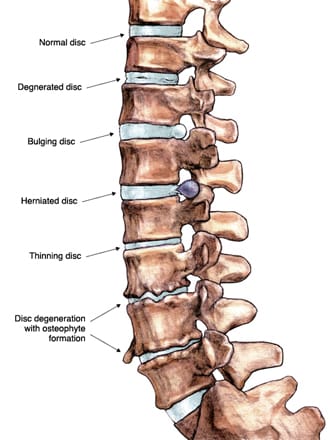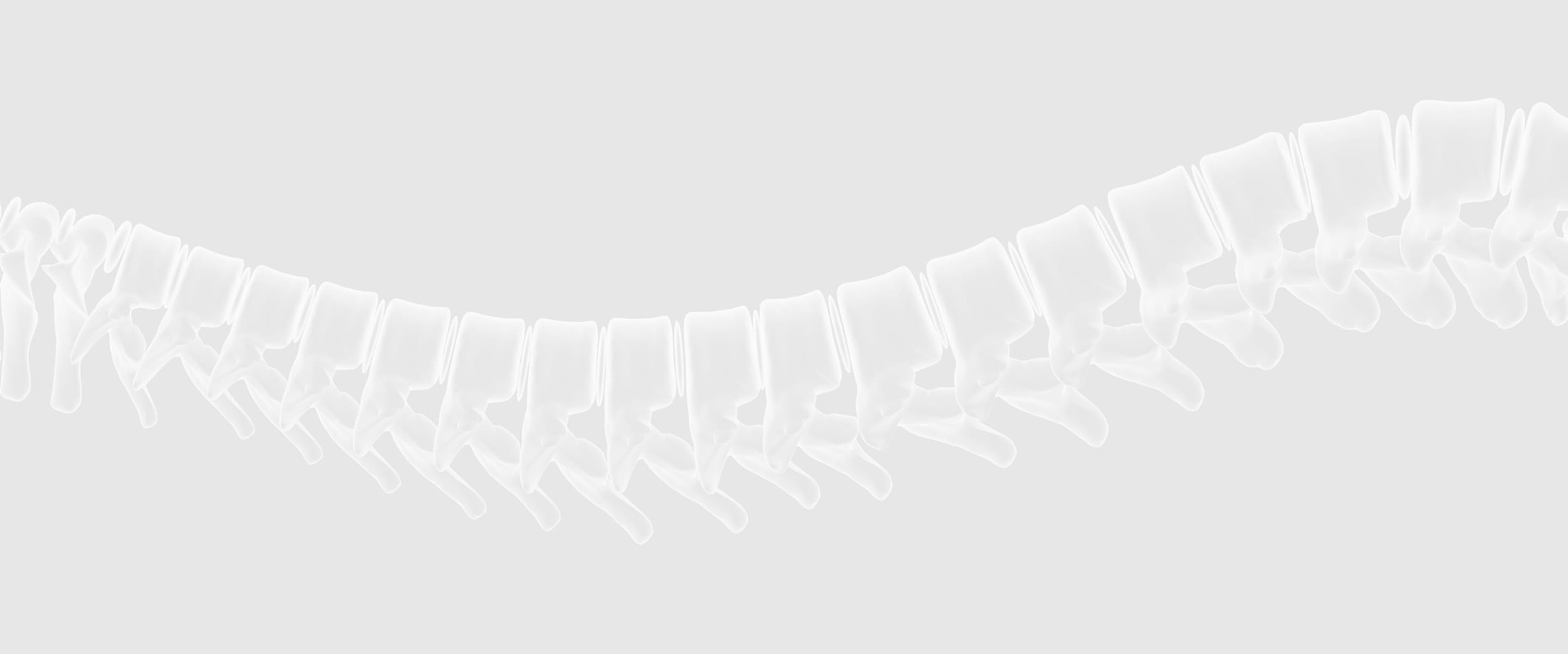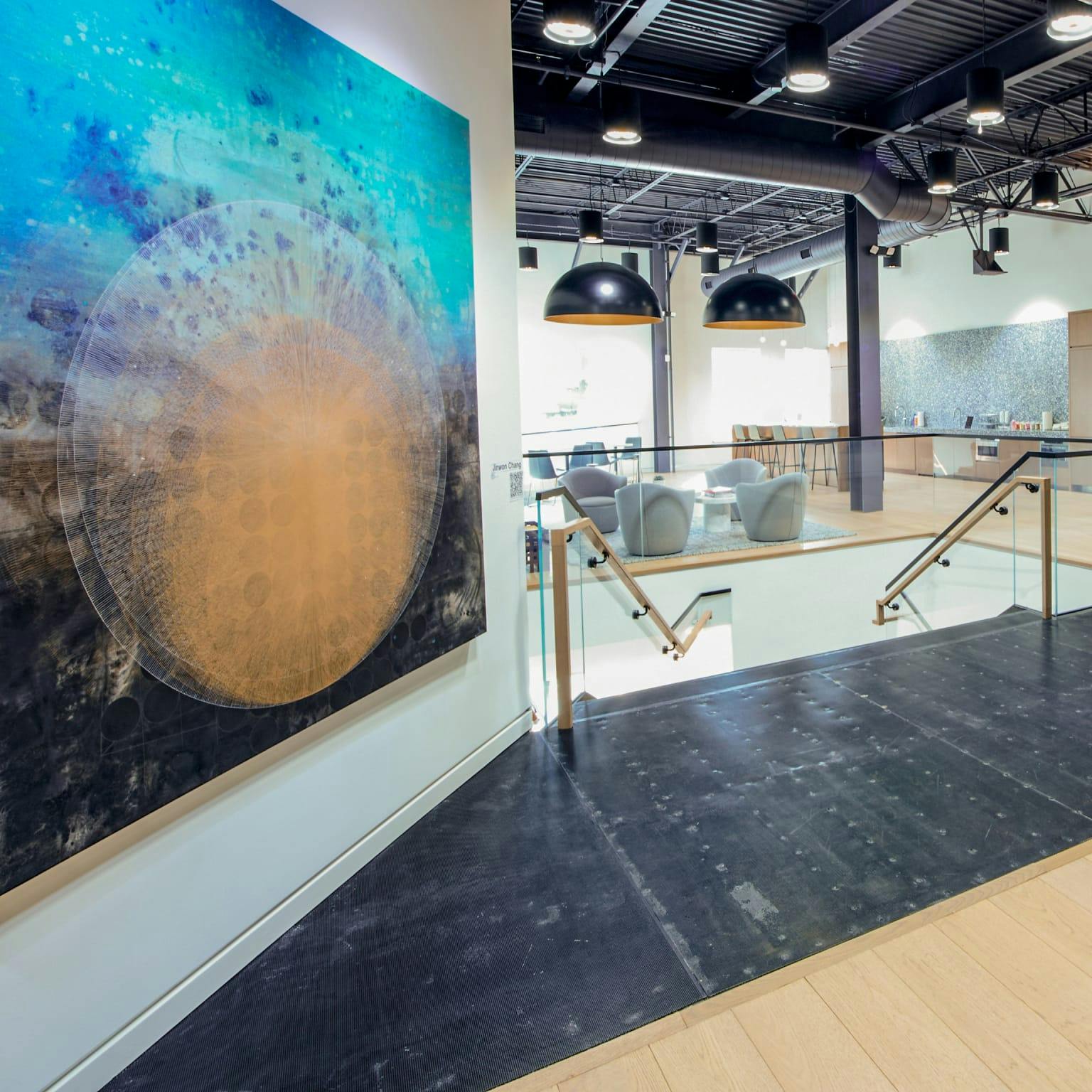Degenerative Disc Disease and Its Impact on the Spine
Contrary to its name, degenerative disc disease is not a “disease” at all. It is rather a term used to describe changes to the spinal discs caused by everyday wear and tear, or aging. Degeneration can also be caused or accelerated by spinal trauma or injury. This condition can occur anywhere along the spinal column, but most often will affect the lower back.
When a disc deteriorates, its ability to cushion the spin and absorb shock becomes compromised. Due to the fact that discs have a unique biology and a limited blood supply, when an injury occurs, the disc is not able to repair itself.
When one develops degenerative disc disease, the discs lose their height, lose their normal fluid content, dry out, and become stiff. Disc degeneration may also lead to bulging or herniation. Nerve impingement, joint and adjacent bone inflammation, and varying degrees of pain can occur when disc height is lost.
If a disc becomes damaged or torn, the jelly-like material in the center of the disk can leak out onto nearby nerves, causing pain and inflammation. Tiny tears in the disc can also cause irritation to the nerves in the annulus (the thick, fibrous ring that surrounds the disc).











